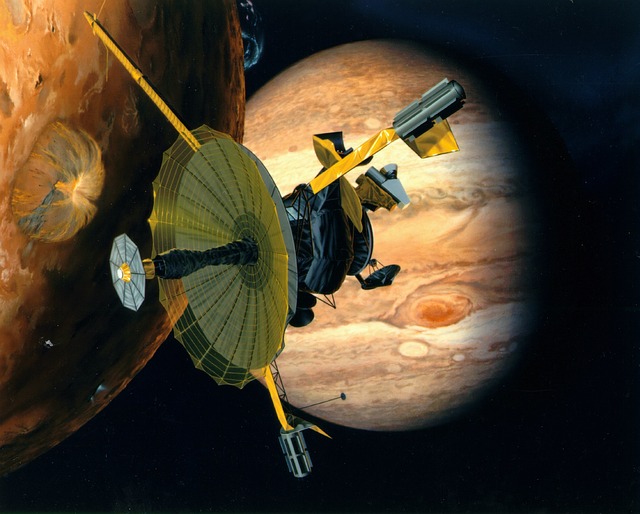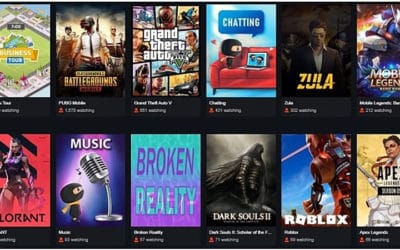General Motors buys Sidecar’s assets, NASA is crowdsourcing robotic arm concepts, US delegates will visit India for smart cities development and many more – we have a handful of interesting stories for our curated weekly roundup of the breaking news and must-read thought leadership pieces on the crowd economy spotted by the Crowdsourcing Week team.
Nasa is crowdsourcing robotic arm
Do you have exceptional concepts about robots? You might be interested in NASA’s crowdsourcing initiative. NASA has asked freelancers to help them make their new robot move. Take a look at this article via FedScoop to learn more about the details.
The 17 million users of the crowdsourcing marketplace freelancer.com have a unique chance to help design part of a NASA robot for the International Space Station. Under the direction of NASA’s Center of Excellence for Collaborative Innovation, the space agency will select 30 freelancers to submit designs for a robotic arm that will allow its Astrobee free-flyer robot to maneuver around the station, handle a variety of tools, and even act as cameraman to record astronauts’ experiments and interactions with civilians via webcam. “NASA has grown in the multiple ways we engage the crowd to provide solutions to challenges we face when advancing complex space systems,” CoECI lead Jason Crusan, who also serves as NASA’s Director of Advanced Exploration Systems, said in a release.
GM buys Sidecar’s technology and assets for new transportation services
General Motors is serious about launching new transportation services – after the $500 million investment deal with Lyft, the carmaker bought Sidecar’s technology and most of its assets this week. Here’s the story via Fortune.
The automaker has purchased Sidecar’s technology and most of the assets, according to a report from Bloomberg and confirmed by GM to Fortune. Though the companies haven’t disclosed terms of the deal, a Bloomberg source says it was less than the $39 million the startup had raised in funding over the years. As part of the deal, 20 of Sidecar’s employees are joining GM, including the company’s co-founder and chief technology officer, Jahan Khanna—but not co-founder and CEO Sunil Paul.
The impact of crowdsourcing in healthcare
We all do online research for our medical issues before seeing an actual doctor. But how trustful are these online medical platforms? According to a study published in the Journal of Medical Internet Research, there is still work to do. Though it is still in its infancy in healthcare, this proves there’s room for research and development.
Online crowdsourcing may help some patients with long-term undiagnosed health issues, but more research must be conducted for the practice to reach its full potential. Between May 2013 and April 2015, researchers collected patient data from the online crowdsourcing platform CrowdMed, which uses cases solvers to attempt to diagnose patients’ medical issues. At the completion of the case, patients receive detailed reports containing diagnostic suggestions to discuss with their physicians and fill out surveys about their outcomes. The authors wrote, “Although crowdsourcing appears to have potential, it is important to identify factors that lead to successful crowdsourcing to improve the process and help improve patient care.” They added, “Multidisciplinary research is needed to gain both technical and nontechnical insights into how this can be done” (FierceHealthIT, 1/15).
Academic crowdsourcing across borders, the future of education?
Australia and the US have come together to create a virtual lab to share ideas. This “Academic crowdsourcing” is perhaps giving us a glimpse on how students will learn and interact in the future. Here’s the story via Times Higher Education.
Two networks in Australia and the US backed by the same start-up technology are blazing a new teaching trail. A number of people on different continents toil over identical laboratory equipment, analysing amino acid sequences in proteins in a process used to answer the crucial question of whether a patient has a particular form of muscular dystrophy. But these are not scientists or doctors. And this is not a real lab. The people are undergraduate medical students in different settings worldwide whose instructors all use the same virtual lab produced at Australia’s University of New South Wales and made available to them for free. “Academic crowdsourcing is what I’m calling it,” said Nicholas Hawkins of the University of Queensland, head of the Biomedical Education Skills and Training network (BEST), through which the virtual lab was made available. BEST has 1,716 registered academic members in more than 30 countries teaching 11 subjects, from nursing and allied health to pathology and physiology. Each member must go through a vetting process and register with an academic email address. It is a mirror image of the massive open online course or Mooc; instead of connecting huge numbers of students, it connects large numbers of teachers to collaborate in ways that academics have not traditionally practised.
NASA is crowdsourcing photos of Jupiter from amateur astronomers
From robots to space, here’s another crowdsourcing initiative. NASA is asking for public help to submit good pictures of Jupiter from Earth. Here’s an excerpt of the story.
The Juno mission is cruising toward the solar system’s biggest planet; right now, it’s about six months from Jupiter. One of its goals is to take lots and lots of pictures of the planet. But there’s a catch: Because of the way Juno’s camera is designed and the highly dynamic nature of the planet’s cloud cover, processing images from Jupiter is going to be really tricky. So NASA is asking for the public’s help. The mission’s science team is asking amateur astronomers who’ve captured good pictures of Jupiter from Earth to upload those images to the Juno mission website. The team will then use those uploaded images as reference points to help orient Juno’s camera.
US and India to work on smart cities projects
Here’s what US and India have on their plates for smart cities initiatives – The Economic Times reported that “US Deputy Secretary of Commerce Bruce Andrews will lead a delegation of 18 top American companies on a Smart Cities Infrastructure Business Development Mission across three cities next month.”
India will seek further cooperation with the US in developing smart cities with the two nations agreeing to form a joint working group for developing Allahabad, Ajmer and Vishakhapatnam as smart cities, government sources here said.
The trade mission that will visit Delhi, Mumbai and Chennai will help US companies launch or increase their business in India, focusing on technologies, systems, and services in the safety and security, intelligent transportation, water, wastewater, and power.
There are tons of fantastic stories out there. What else caught your eye this week? Did you come across some breaking news or a good thought piece?





0 Comments